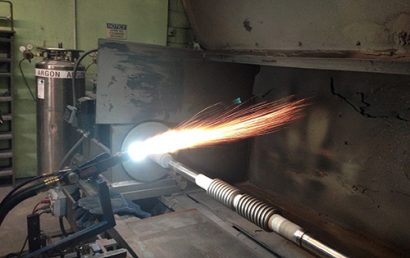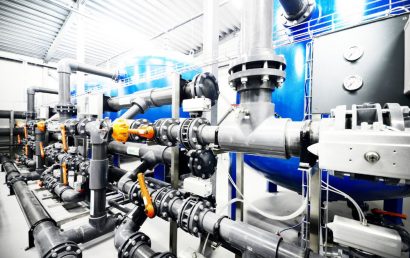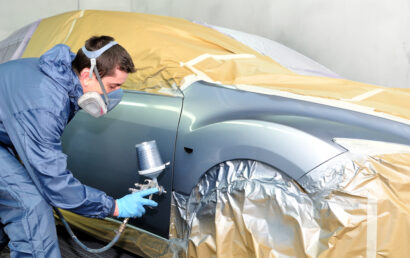Understanding The Importance Of Surface Preparation On Military Ships
Water can be a funny thing. To sustain things where plants, animals, and humans are concerned, it is essential. However, of all the elements found on the planet, it can be one of the most destructive, as well. Structural weakness can be the result of a corrosive environment caused by marine growth and saltwater on military ships. Additionally, it can lead to financial and logistical inefficiencies. But before applying anti-corrosive coatings, proper surface preparation must be done on a ship. The coating will prematurely break down because it will not adhere correctly if surface preparation on military ships is not performed appropriately.
There are numerous techniques, however, that can be used for surface preparation on ships. Let’s explore them.
Solvent Cleaning
Before blast cleaning occurs, from the ship’s surface, grease, oil, and dirt are removed with detergents used by technicians. However, rather than removing them from a surface, this technique may thinly spread the contaminants if solvents are not used correctly.
Abrasive Blast Cleaning
For most coatings, this technique leaves surfaces well-suited and adequately roughed up. Compressed air is used for this common method of preparation to remove mill scale, dirt, rust, salts, and paint. Where shipyard waste and pollution are concerned, however, it is not one of the most recommended of sources, even though it is effective. On a ship, higher levels of contaminants and salt may result from blasting techniques that are improperly carried out.
Mechanical De-Scaling
To remove thick scale and rust, cutting blades or pounding type instruments are used by technicians. This can also be used to moderately clean disintegrating brittle scale. However, de-scaling, on the ship’s structure, does not remove the lowermost layer of scale or rust.
Rotary Powered Disking
This technique uses silicon carbide discs as a preparation method. Effective at cleaning irregular and pitted services, there are various grit sizes and disk types.
Rotary Wire Brushing
While not removing substrate-attached rust scale, powder-like rust can be removed by hard wire brushes. The surface of rust scale, thanks to the brushing, may then appear polished. Prior to mechanical de-scaling, technicians may use wire brushing.
Hydro Blasting
Here, no abrasives are necessary. To spray off loose rust, oil, dirt, salt, and paint – to basically clean a surface – high-pressure water jets are used by technicians. Problems caused by spent abrasives and dust is negated through this technique.
Additional Methods of Surface Preparation
Even with all of the above-stated, there are still more methods that can be used to prepare the surface of a ship for a protective coating. Some of these are as follows:
- Made from abrasive materials, sponges used for abrasive blasting
- Soda bicarbonate blasting
- Bristle blasting
- Lasers
- Chemical strippers
- Dry ice blasting
Surface Preparation and Climate
One of the greatest maintenance related challenges posed in the maritime industry is that of the weather. Adverse temperatures and high humidity can add extra expenses and delay maintenance schedules. Naturally, the weather can’t be even remotely controlled. However, to create the perfect environment for protective coating application and surface preparations, temporary climate control solutions can be implemented.
Dehumidifiers have been found to be highly effective in this situation. Between shifts, they improve coating blasts and productivity.
Contact us today if you want to know how A&A Coatings can help where marine applications are concerned.



